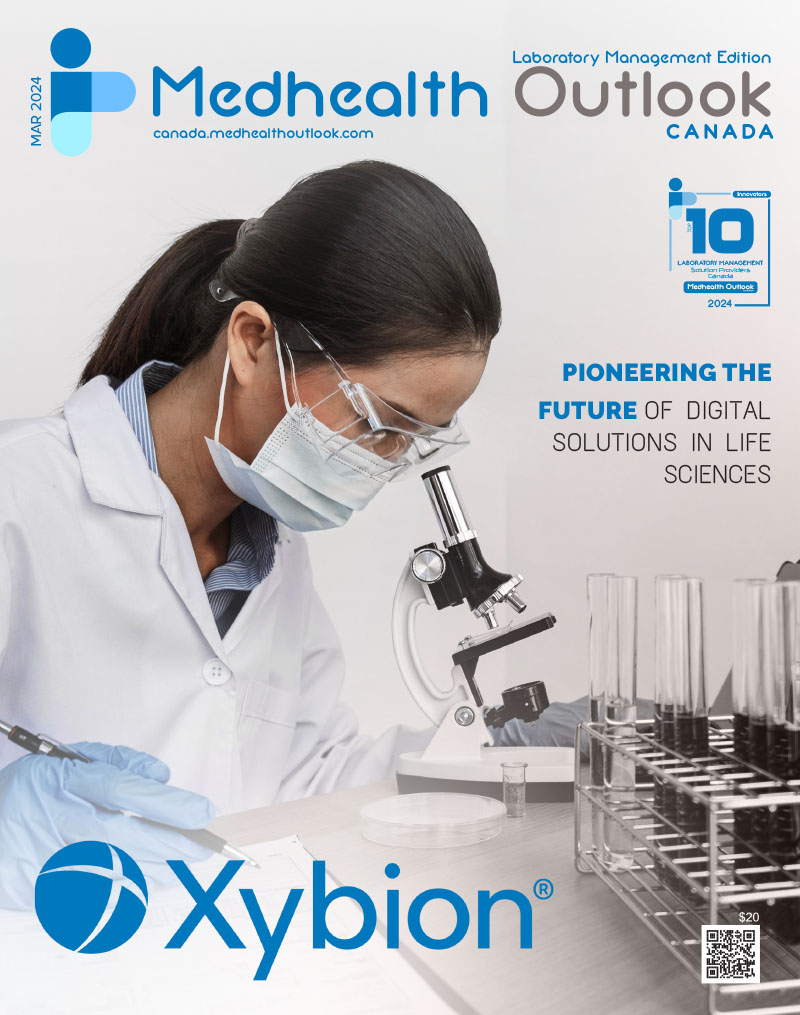Laboratory notebooks are the primary tool researchers use to keep track of their work. They include a comprehensive record of procedures, reagents used, observations made, and any relevant thought processes that would allow another scientist to reproduce the research.
For a long time, the primary type of laboratory notebook available was the paper notebook. However, advancements in technology have allowed for an easier, safer, and better alternative: the electronic lab notebook – or ELN.
The ELN is a fantastic tool for organizing your data, so it’s important to use it correctly. Besides the usual tips on how to do that such as always making sure you are using the correct version of an application, using the ideal syntax for commands and functions, or remembering to save your file; we recommend following some best practices and making sure you’re using your electronic notebook to its full potential.
1- Don’t overlook security
The ideal ELN should have encryption and alert systems, threat detection, and encrypted backups. In my experience, the FDA part 11 compliance is one of the most important features of an ELN. It’s also one of the first steps toward GxP and ISO compliance.
The ideal ELN should have encryption and alert systems, threat detection, and encrypted backups. It might sound like a lot, but remember your research will be completely typed down in this system. It’s never too much when it comes to security.
2 – How to take Research Notes
The way notes are recorded in the notebook is crucial. Records need to be detailed and clear to allow someone else to recreate the work. They must include every single detail, from raw data and results, calculations, details of equipment used, and a key to any abbreviations used.
The main goal of an ELN is to keep valuable data and results but also to allow another member to reproduce your experiment. You wouldn’t accept a report from someone who made up their own words or calculated things incorrectly, so don’t do the same yourself!
The notes should be easy for others to read and understand, even if they aren’t familiar with all the terms used. Be always factual, avoiding opinions or assumptions.
3 – Electronic data vs paper data
Electronic laboratory notebooks are a boon for researchers, they are a repository of all your work and research, both past and present. They can be easily accessed from anywhere, so you never have to worry about misplacing a notebook or forgetting what you did last week.
Electronic laboratory notebooks are also more secure than their paper counterparts: if someone were to get hold of one of these records, they would be unable to read it without knowing the password. Finally, electronic laboratory notebooks can be easily searched and filtered, making it easier than ever before to find exactly what you’re looking for—no more searching through reams of paper.
Training your lab team to use the ELN correctly may be necessary to ensure that your data is secure and accessible. Equipping your team with the knowledge they need to use the ELN correctly will make them more efficient, saving you time and money in the long run.
Conclusion
Your data is confidential and important, which is why choosing a professional ELN that has a robust security system is a priority. Equally important for you is to fulfill all the requirements for the FDA part 11 compliance. Relying on a compliant ELN by default can be extraordinarily helpful. However, the correct use of the notes in the electronic notebook is an active action from all the members of the team that interact or input data in the system: abbreviation agreements, and factual and detail-oriented notes are mandatory.
The correct use of the electronic lab notebook plays an important role in the results of your research, remember that this is the repository of all your data collected. Since the ELN could be used by anyone in the lab, from technicians to researchers the access must be controlled at all times. Additionally, reinforcing the good practices among the team members is a good suggestion to avoid situations that could lead to data loss or security breaches.
If your lab is still managed with paper notebooks, think about a fully compliant, safe, and collaborative tool. You can learn more about us and Pillar Science ELN here or reach out right away if you have any questions!













